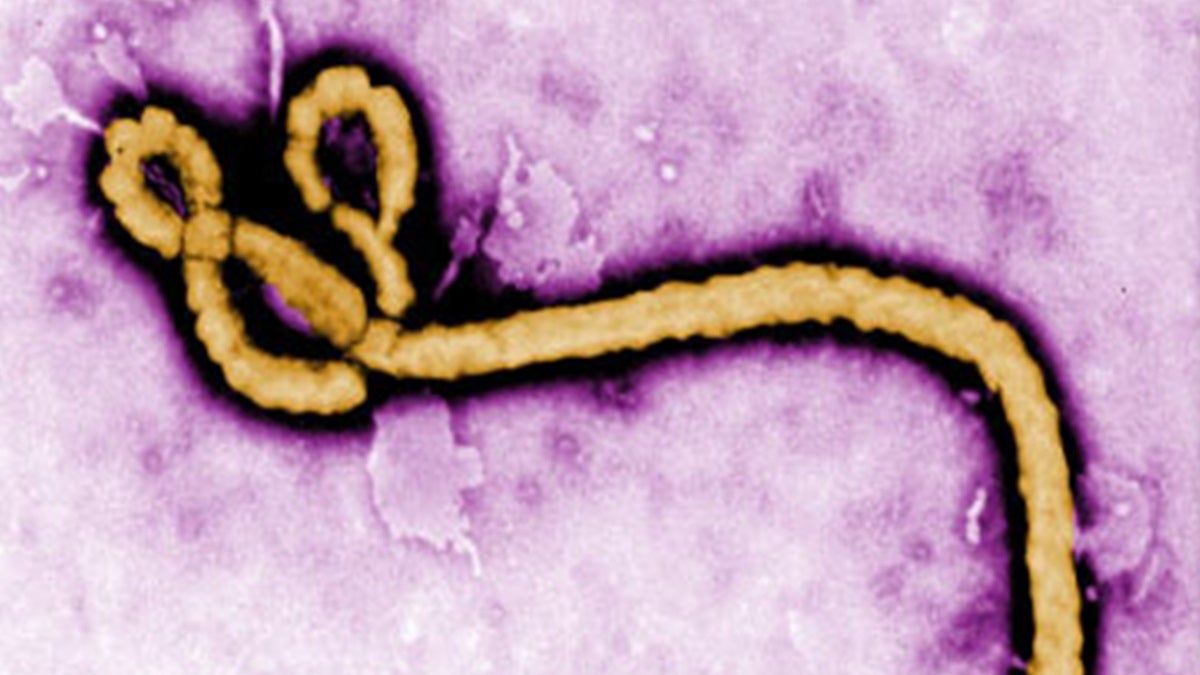Delaware prepared for Ebola

(photo courtesy CDC)
The Center for Disease Control has confirmed the first case of Ebola diagnosed in the United States.
The patient, who had recently traveled from West Africa, was diagnosed with Ebola at a Dallas, Texas hospital on Tuesday.
While the Delaware Department of Health and Social Services said it’s unlikely that that disease will make its way to the First State, the department still has a response plan in place, just in case.
“DPH has a contagious disease response plan which addresses planning, hospitalizations, requested additional support, communications, treatment, and much more,” explained Dr. Karyl Rattay, director of the DHSS Division of Public Health. “DPH would work closely with the hospital treating the patient and do the ‘contact tracing’ to find any person who may have come in contact with the sick person. Any of the hospitalized person’s contacts would be tracked during the infectious period to see if they become ill and need treatment. Depending upon the level of risk, they may also be required to do ‘social distancing,’ meaning stay at home until 21 days after exposure to avoid potential contact with others.”
Rattay added that as a precaution, state health officials have sent out alerts to the medical community to remind health workers of Ebola symptoms and screening information.
“We are also working with EMS and 9-1-1 providers, and other health partners on screening and protective measures,” Rattay said. “Finally, we have reviewed our emergency plans and made contact with local hospitals on their plans and capability of treating someone with Ebola symptoms.”
According to the World Health Organization, Ebola is spread through contact with bodily fluid such as saliva, blood, feces, urine, seamen, vomit, or secretions of an infected person or animal. It can also be transmitted through materials such as clothing that contains bodily fluid from an infected person. Ebola is not contagious until symptoms start showing in the infected person.
Symptoms of Ebola include fever, headache, joint and muscle aches, weakness, diarrhea, vomiting, stomach pain, lack of appetite and abnormal bleeding.
Symptoms commonly appear 8-10 days after exposure but may appear between 2-21 days of coming in contact with the virus.
The 2014 Ebola outbreak in West Africa has killed more than 3,000 of the 6,500 people that became infected since March.
According to the CDC, the current West African outbreak is the largest and deadliest outbreak since the disease was discovered in 1976.
U.S. Senator Chris Coons, D-Delaware, chair of the Senate Foreign Relations Subcommittee on African Affairs said U.S. health officials have the capabilities to contain the virus quickly.
“The U.S. is doing the right thing by stepping up to the growing challenge of combating the spread of Ebola in West Africa, and developing a vaccine and treatment,” Coons said. “Without America’s aggressive and proactive engagement, there is a real threat that this virus might become a global pandemic.”
The CDC is continuing to investigate who the Dallas patient came in contact with and how he contracted the virus.
WHYY is your source for fact-based, in-depth journalism and information. As a nonprofit organization, we rely on financial support from readers like you. Please give today.




